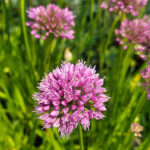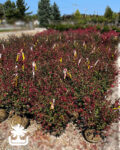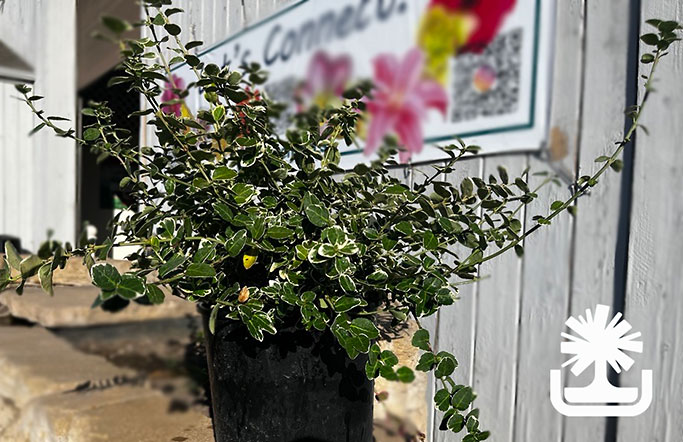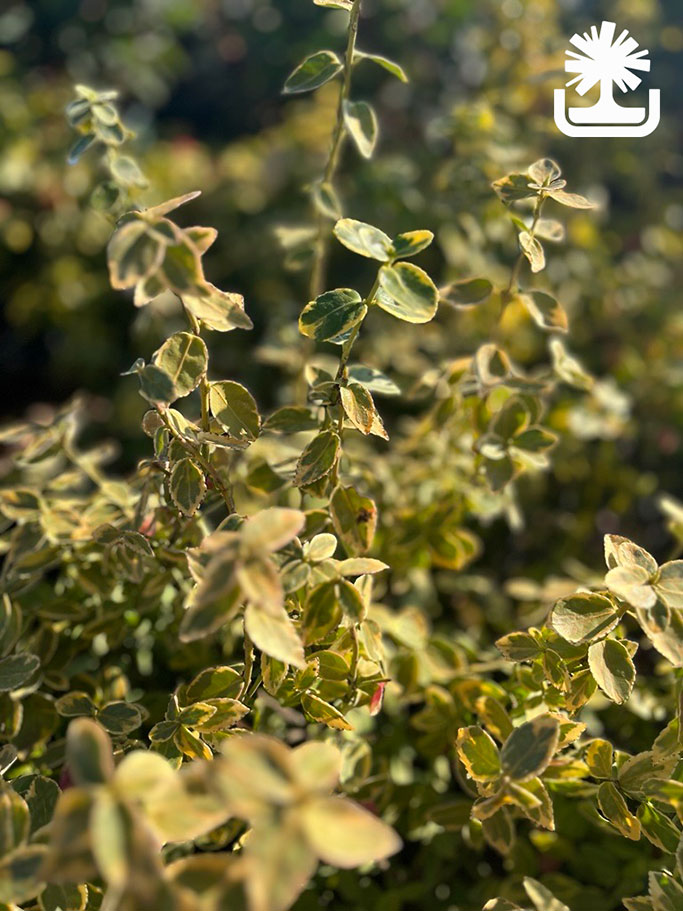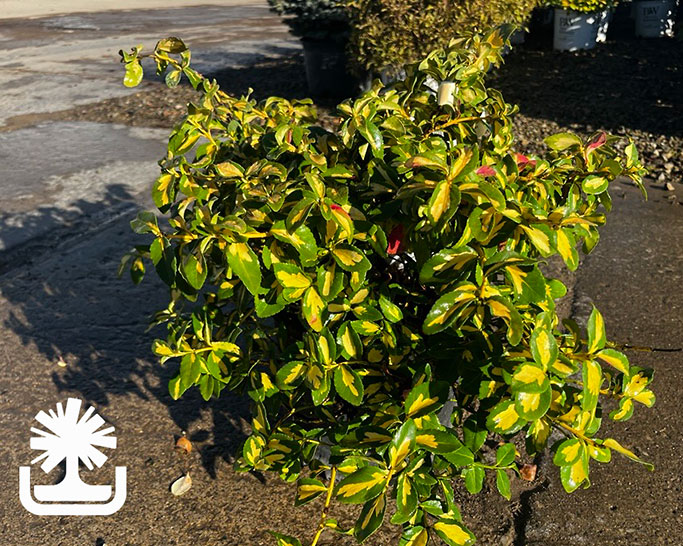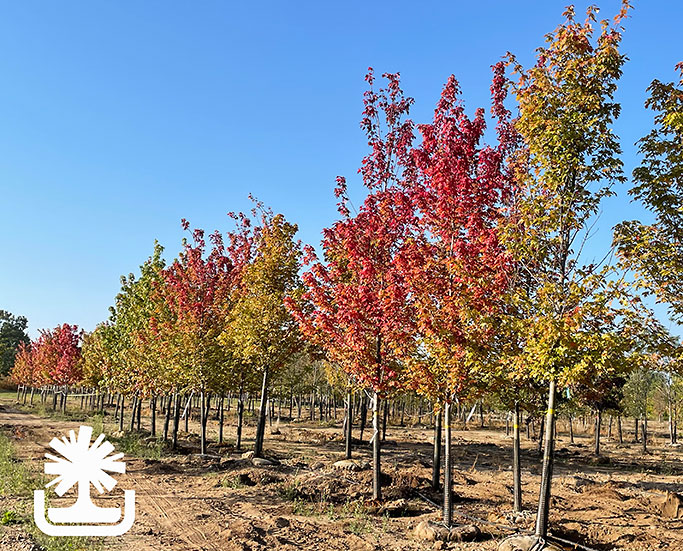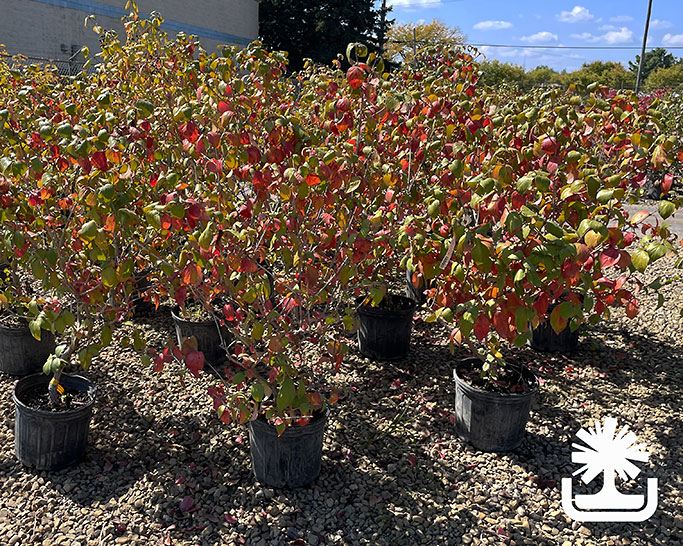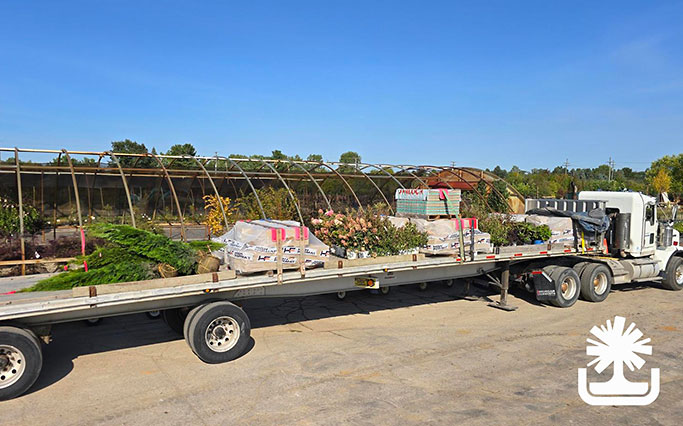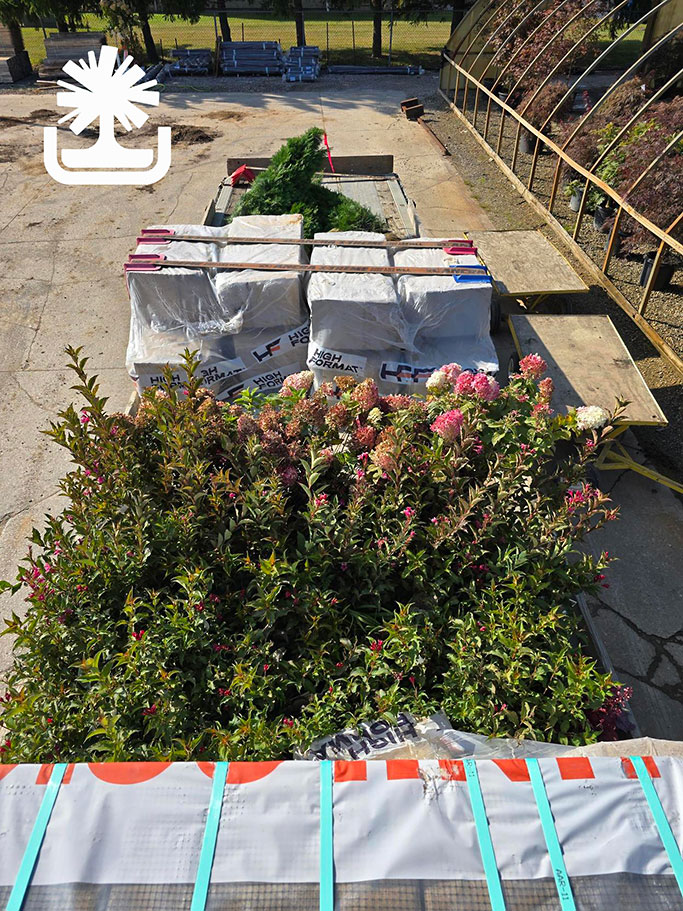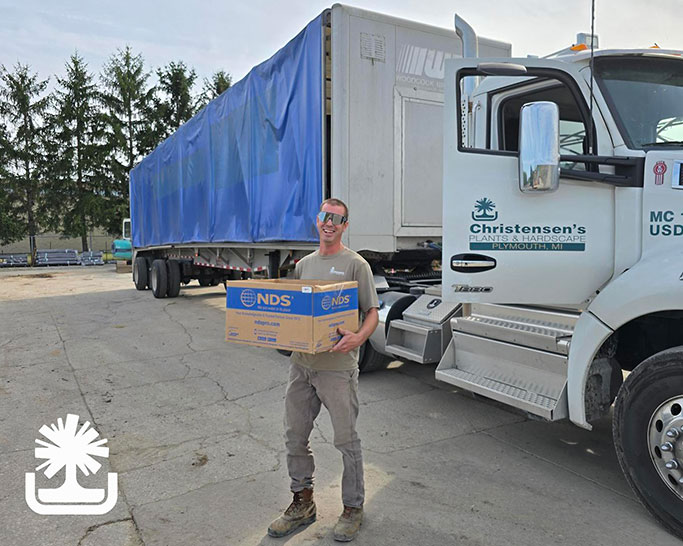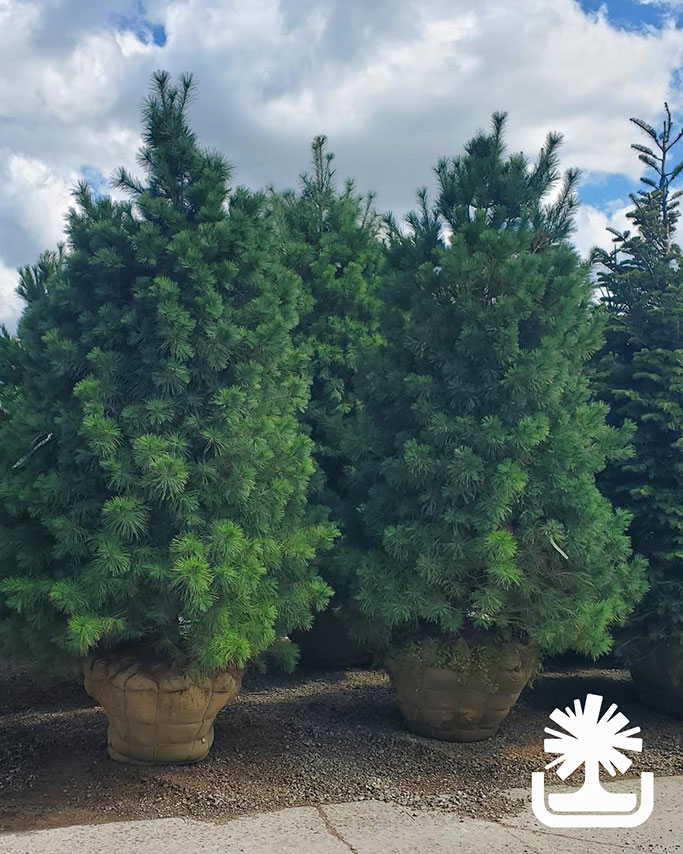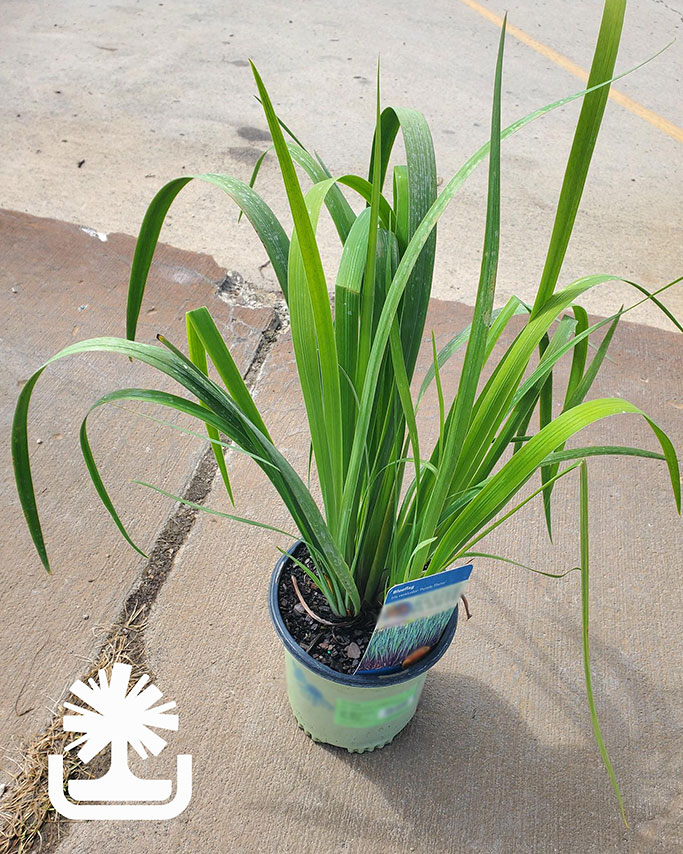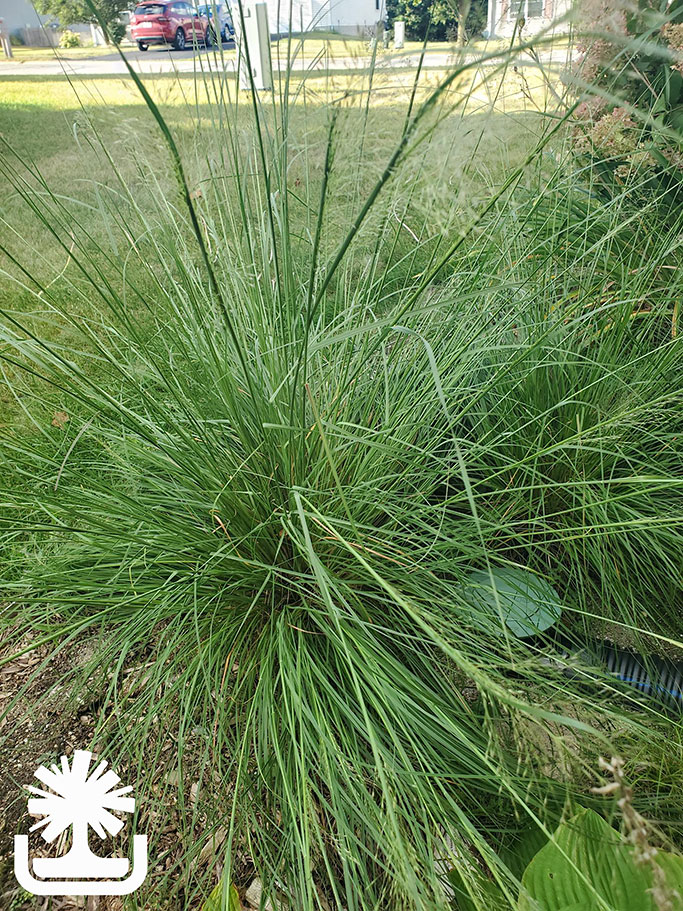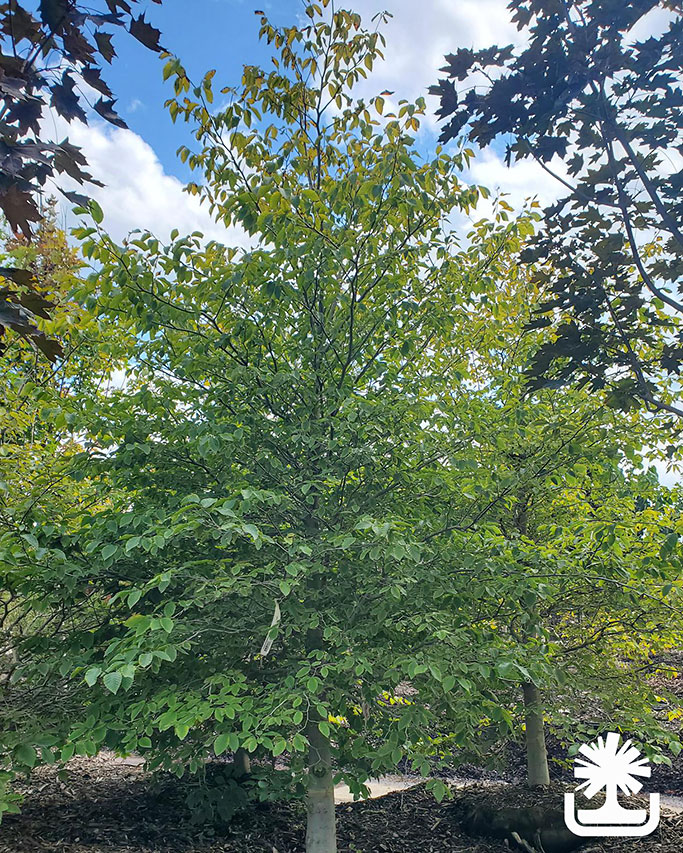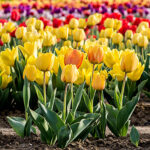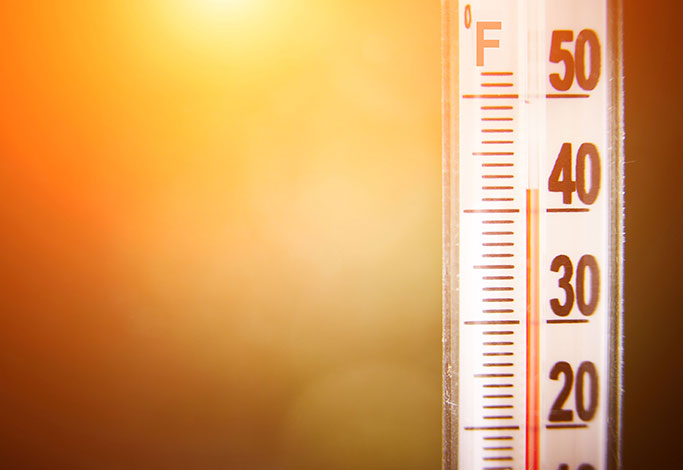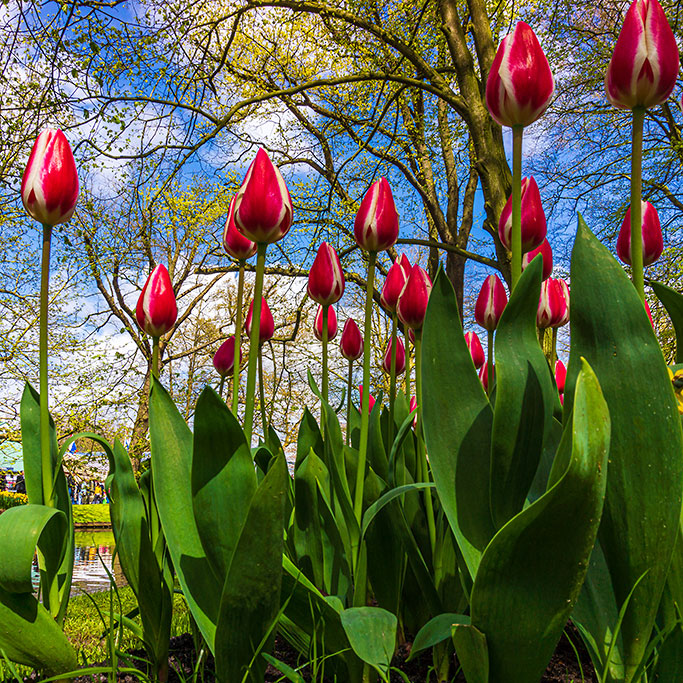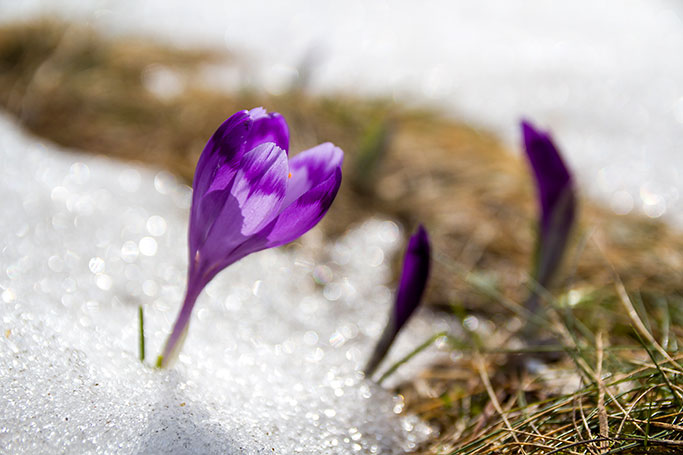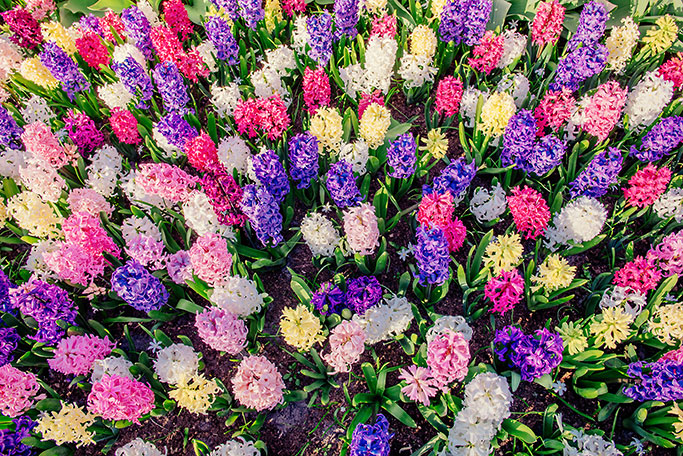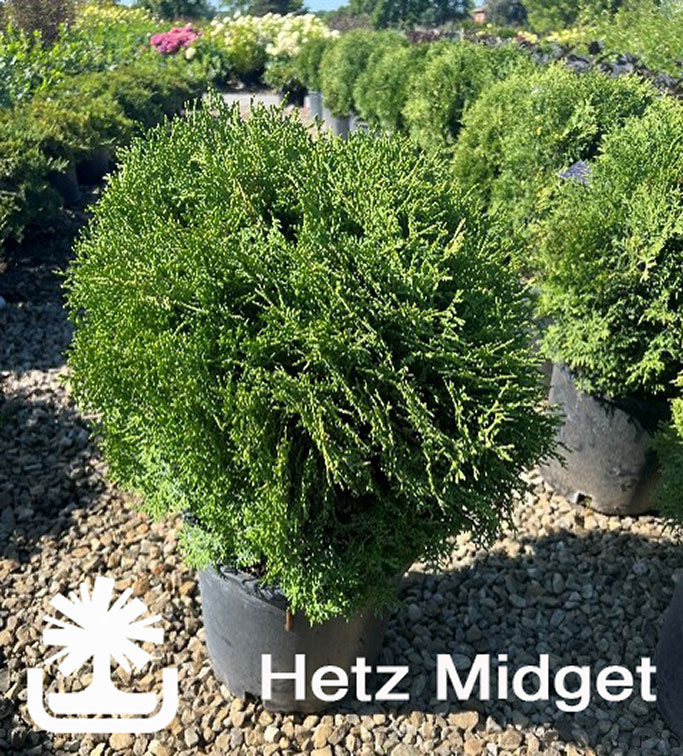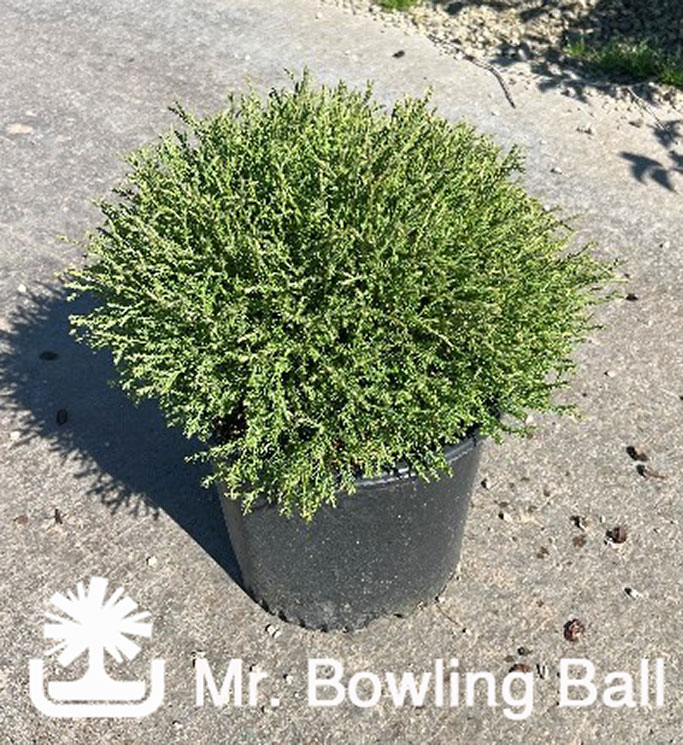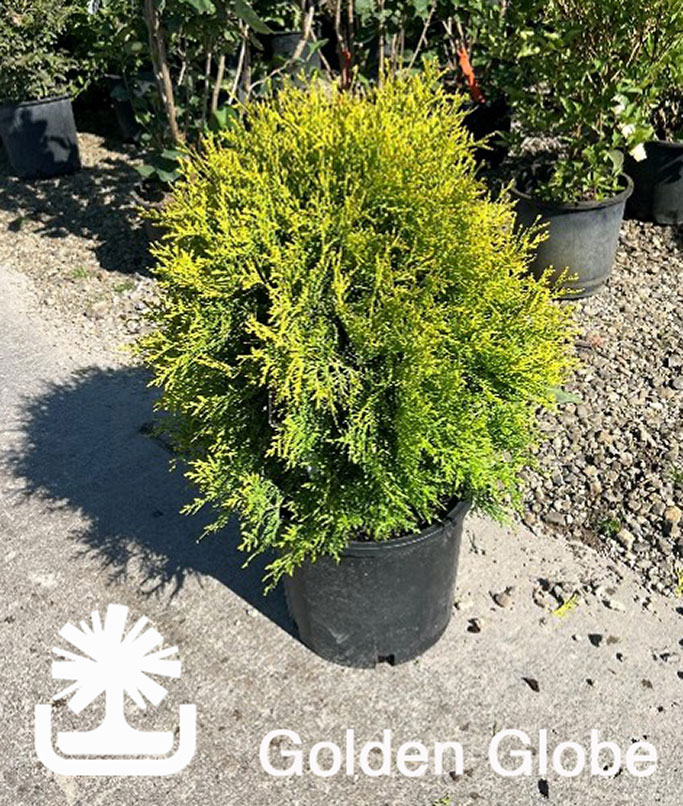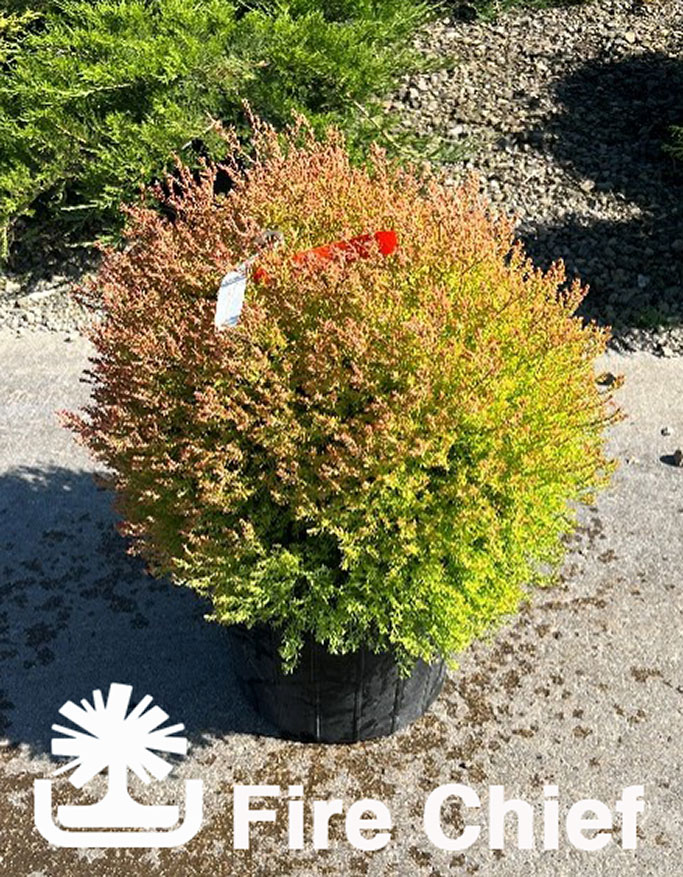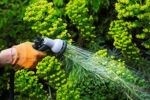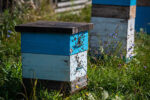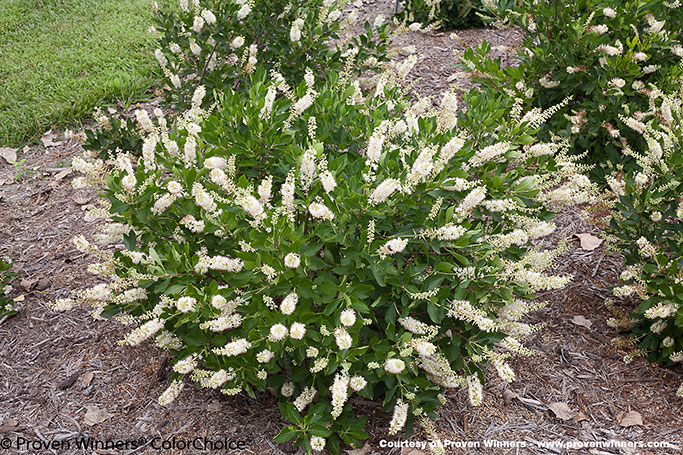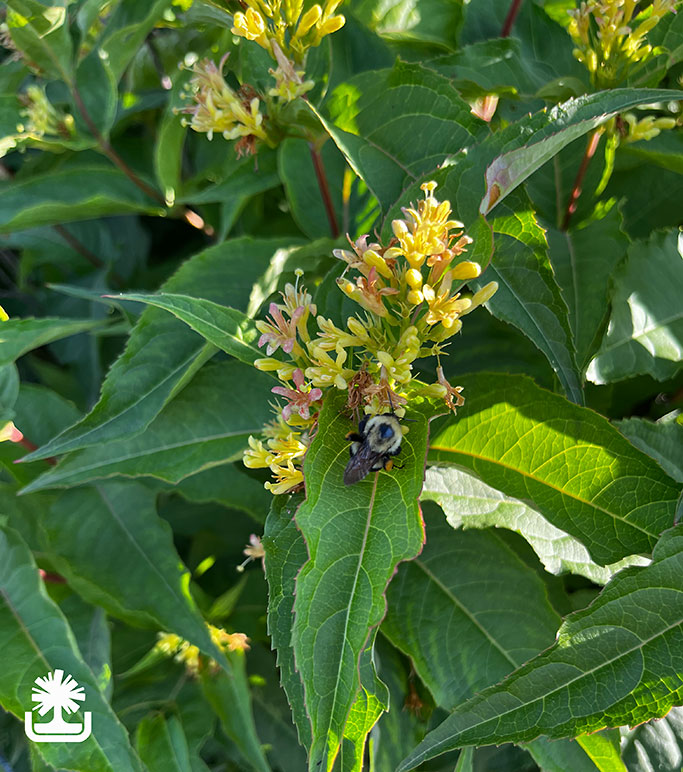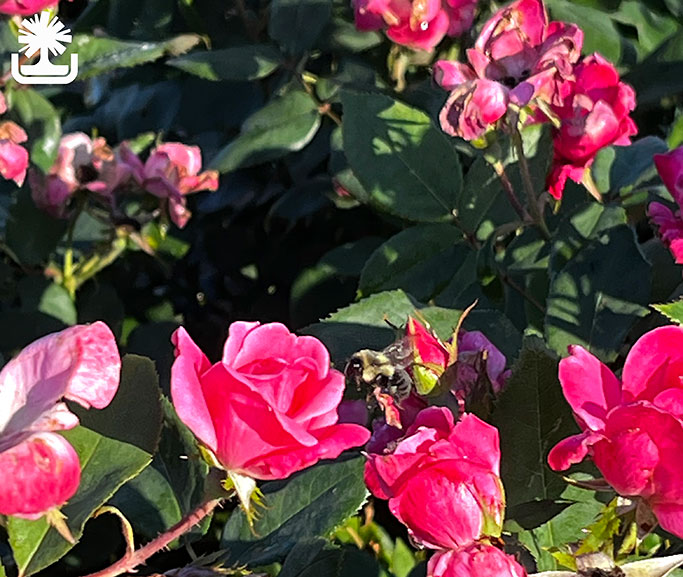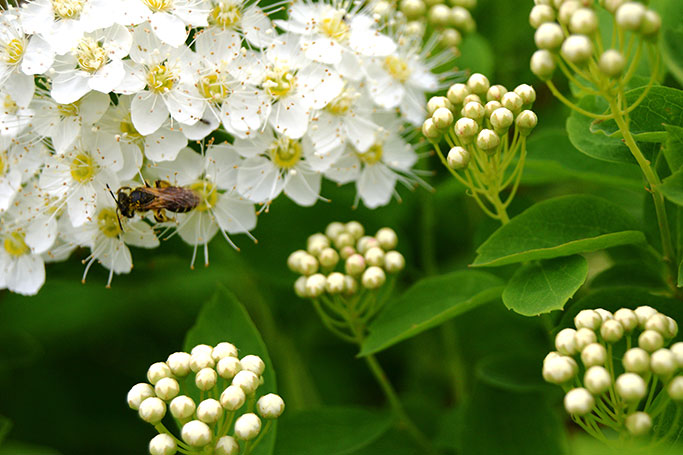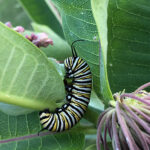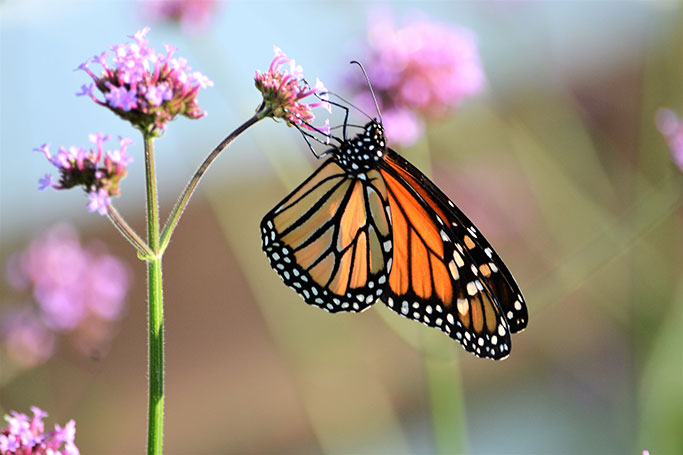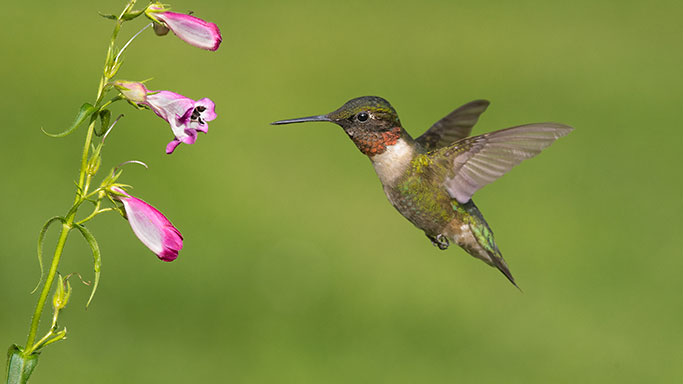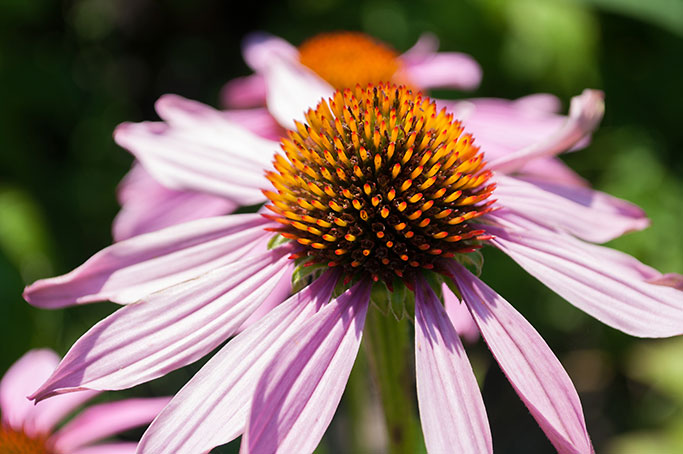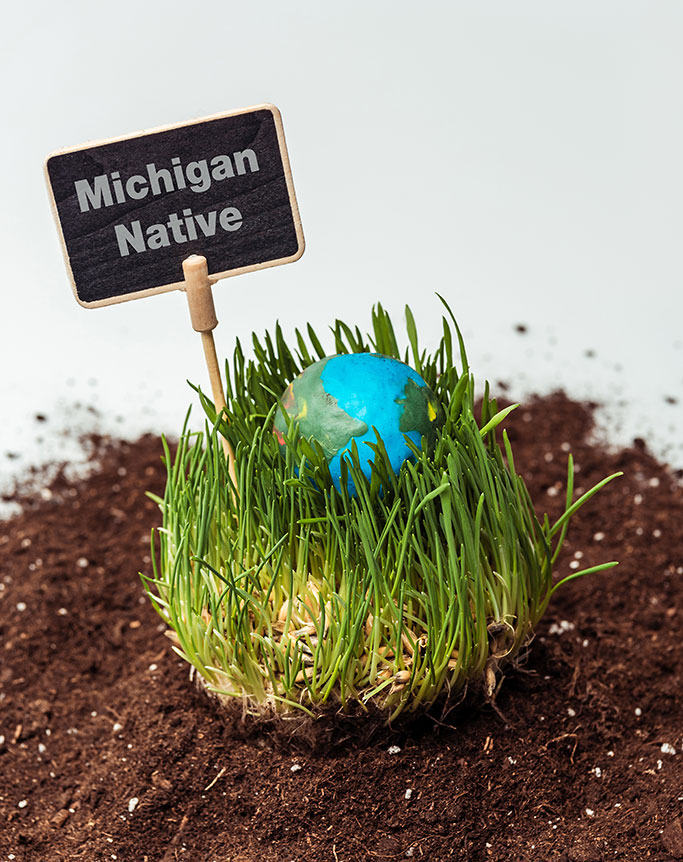I often miss the days when I worked on the perennial lot. My days were filled with pruning shears, watering hoses, and spiders.
Now that I have moved inside to Purchasing, I wish my toolkit included a crystal ball. With annual changes in trends and urban development, maintaining the correct levels of perennial stock can be a challenge. Each year, there seems to be a plant that I just cannot keep in stock. This season, it was Allium Millenium. Those large purple blooms were a HIT! But will they be “all the rage” next year?? Hard to say without that crystal ball.
Even with fall fast approaching, the goal is to have the perennial lot stocked with exactly what you need. That will include plenty of Allium Millenium, and all your other favorites. Fall stocking levels often dip slightly, but it is important that Christensen’s meets the needs of customers. If there is something specific you are looking for, please contact your salesperson and we will try to source it for you.
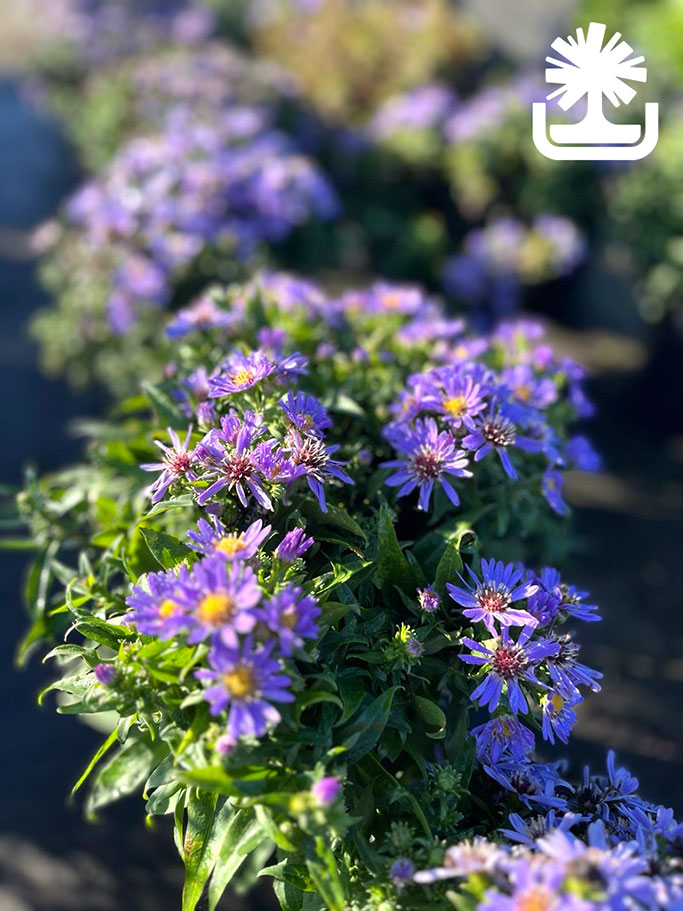
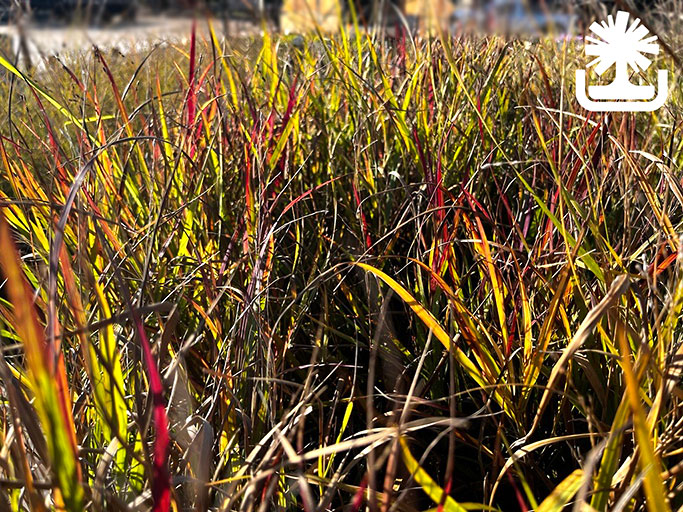
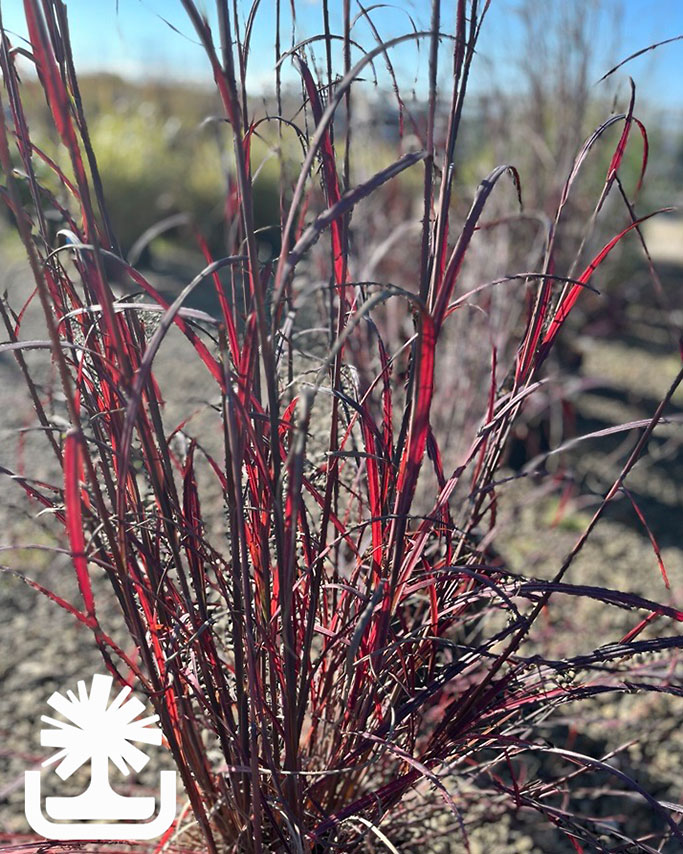
Fall stock will include tried-and-true favorites like Asters: ‘Purple Dome’, ‘Woods Blue’, and ‘Woods Pink’, with colorful little blooms hitting their peak right around this time.
Other fall showstoppers are grasses, like Panicum ‘Shenandoah’ and Andropogon ‘Blackhawks’. With their fall colors and tall, showy plumes they fit perfectly with “Pumpkin Spiced Latte” vibes. Both are available at Christensen’s today!
Spring may be months away, but this time of year, Christensen’s buyers are already looking ahead. Will it be a busy spring? How soon will I be able to bring in fresh material? Will it be a cold spring with lots of frost? Without that crystal ball, the best I can do is rely on past knowledge, make the best educated decision I can, which often becomes a mental coin toss. To ensure Christensen’s has what our customers need in the spring, the last loads in the fall are immediately put away into a house for safe keeping. That way, your spring needs are met before we even close the doors for the season.

Whether it is trying to fill fall needs or having the perfect number of Karl Foerster’s available for spring, my number one goal is to have spectacular perennials and grasses in the quantities you are looking for. Please communicate with your salesperson if you are looking for a large quantity, or something specific, and we will always do our best to make it happen! Happy Fall!

